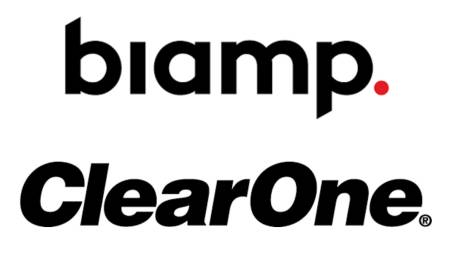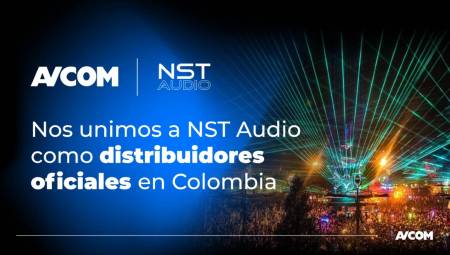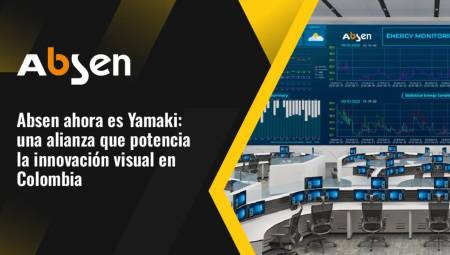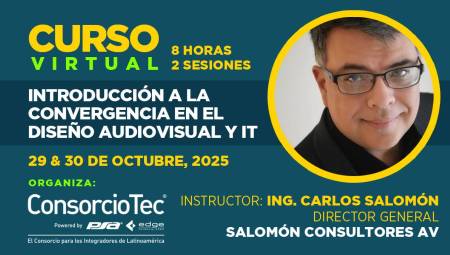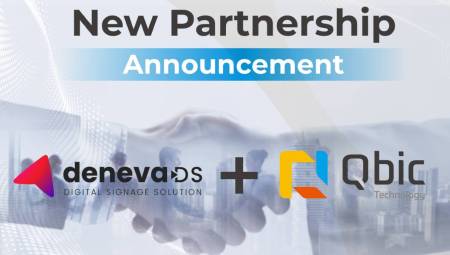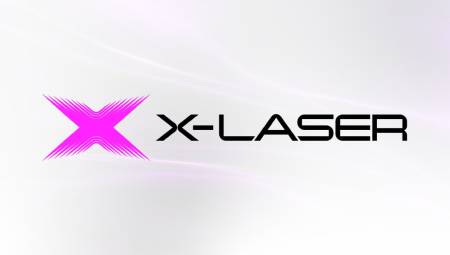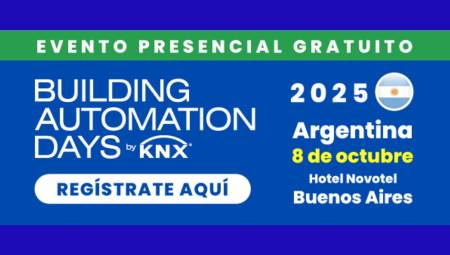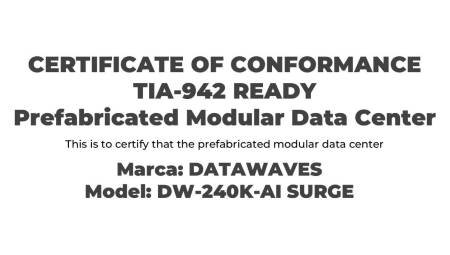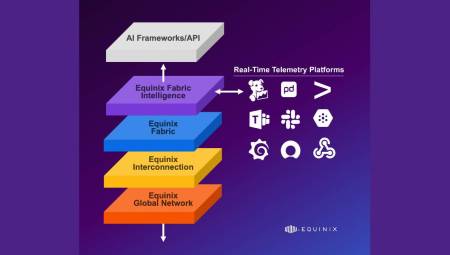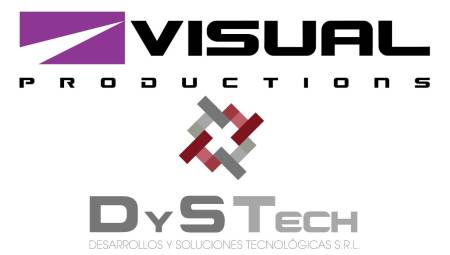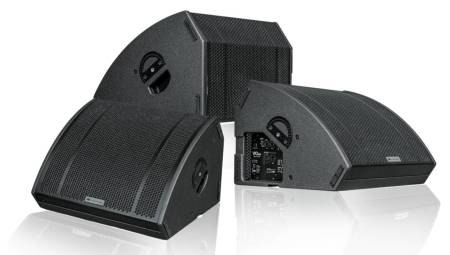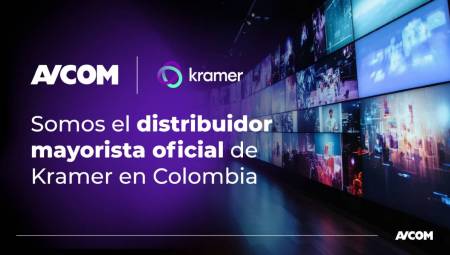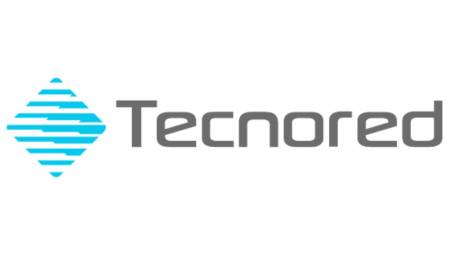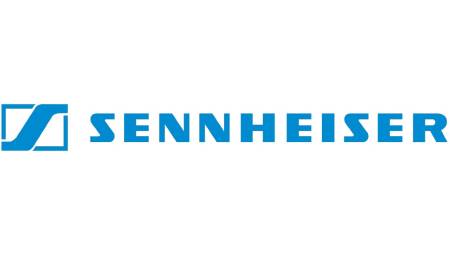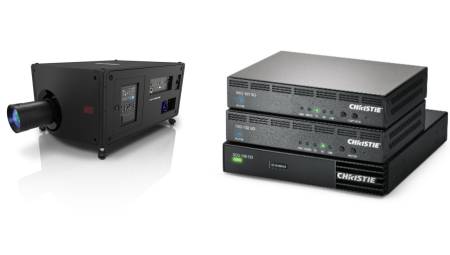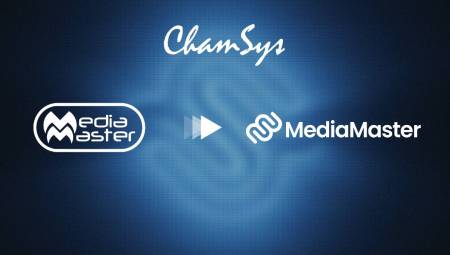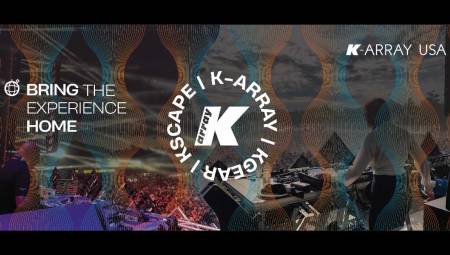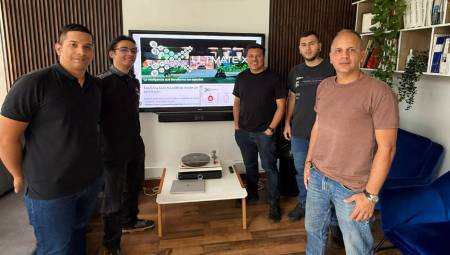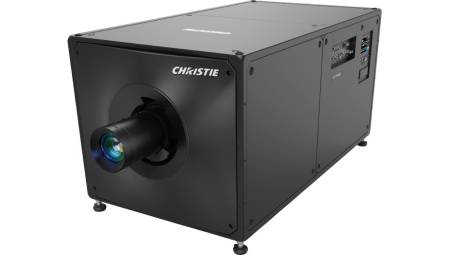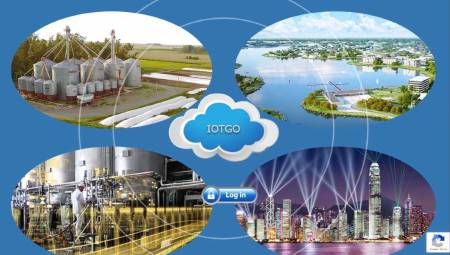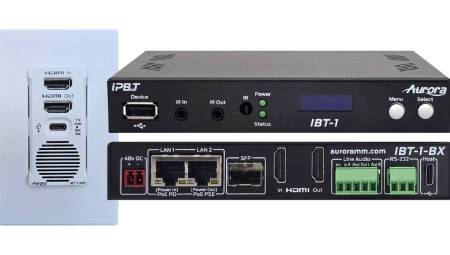 Mexico. A recent study interviewing more than 1,100 business leaders from all departments of the participating companies revealed that 92% of respondents believe that the rapid availability of information is necessary for their business to succeed.
Mexico. A recent study interviewing more than 1,100 business leaders from all departments of the participating companies revealed that 92% of respondents believe that the rapid availability of information is necessary for their business to succeed.
To achieve this, setting up an IT infrastructure that fits the business is key and depends largely on size and growth plans. However, there are some basic requirements that apply to all companies: such as having PCs, a power supply, wireless devices, printers, scanners, copiers or a multifunctional and servers to be able to host information in the cloud.
Ricoh Mexicana assures that although many companies have an exclusive software that manages all their infrastructure, it is best to mix and combine different tools so that companies benefit and save costs. The creation of a basic system requires budgets and making sure that the planned office space is functional for the work team and they have the devices they need.
Small and medium-sized businesses often don't have the budget or time to manage networks and applications. However, outsourcing some or all of your IT systems in the form of Software as a Service (SaaS), Platform as a Service (PaaS), and Infrastructure as a Service (IaaS) can be an excellent option.
That is why Ricoh Mexicana highlights 3 options to install an ideal IT infrastructure:
1) Include Software as a Service (SaaS): According to Gartner, the SaaS sector is expected to grow 33% in 2016. Many companies are already familiar with SaaS or cloud-based applications such as Facebook, LinkedIn, Twitter, Salesforce, and Google Apps. The companies that offer these applications handle everything including updates, runtime, data, virtualization, servers, storage, and security. Software as a Service is typically related to email and collaboration systems, customer relationship management (CRM), and benefits management. It's best to make the IT manager aware of all the applications the company is using.
2.- Platform as a Service (PaaS): In PaaS, a vendor provides a platform on which software can be developed. The vendor takes care of everything behind the platform - the operating system, the server hardware and software, and the network infrastructure. Most PaaS systems use server virtualization such as Google App Engine and OpenShift. Platform as a Service allows you to create new products without investing in additional hardware.
3.- Infrastructure as a Service (IaaS): IaaS offers an on-demand service through cloud servers, storage, networks and operating systems. It's a great option when additional capacity is needed. If a business is growing rapidly and you're not sure of future capacity, IaaS allows you to scale little by little, without needing to acquire more equipment until you get a better handle on your needs.
On the other hand, it is possible to use the public cloud through a provider such as Amazon Web Services or Microsoft Azure, or a private cloud only for your company; also use a "hybrid" model that uses the public cloud for some functions and the private cloud for others.
The "Ricoh Services" business area helps turn business transactions into efficient and profitable workflows through the thorough identification of processes within key business functions and streamlining them. It also pushes to open the door to new businesses through standardized applications, infrastructure, test environments, and business processes that improve service delivery and efficiency.
To achieve the diagnosis of information flows, Ricoh executes the Rapid Process Assessment: a non-invasive analysis of the current operations of the company carried out by engineers and certified experts in Lean and Six Sigma where a simulation of the process proposed by Ricoh is carried out with the aim that the client sees how the information flows within the entire organization.













































